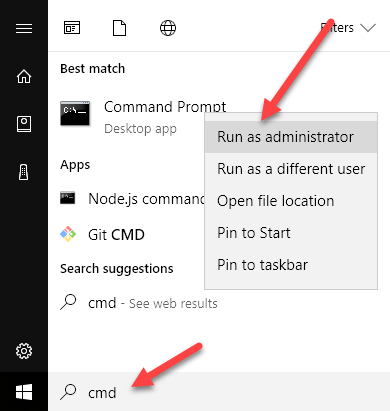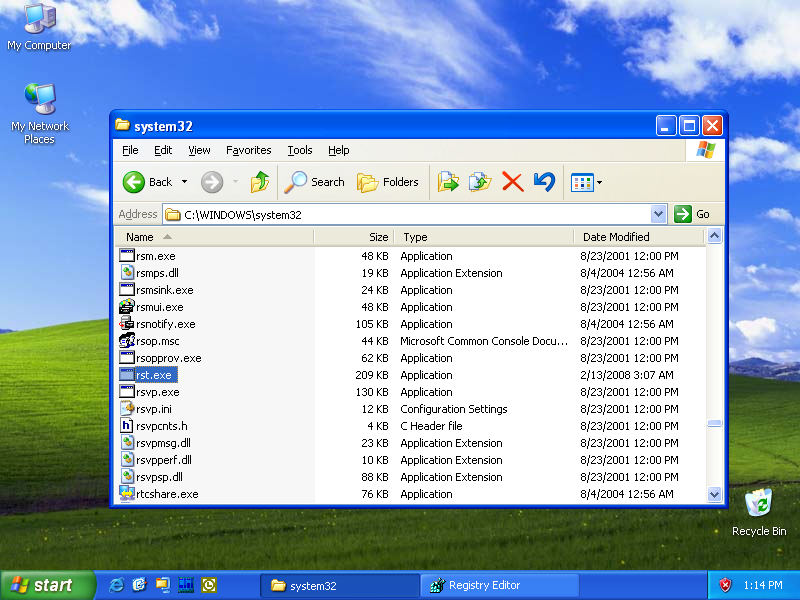
dll" and press Enter.įor example, if the DLL file is named "example.dll", the command would be: "regsvr32 example.dll"


It will show a prompt at c:\windows\system32.Type cmd in Run menu, it will search cmd.exe, right click and click Run as Administrator.ocx on Windows 7 32-bit, do the following: For example, if you want to register the yourfilename.dll, type regsvr32 yourfilename.dll.

Type regsvr32 yourdllfilename.dll into the Command Prompt (executed in elevated mode!) and press " Enter." Note that yourfilename.dll should be replaced with the name of the DLL that you want to register. The 32-bit version is %systemroot%\SysWoW64\regsvr32.exe. The 64-bit version is %systemroot%\System32\regsvr32.exe. Quote: "Note On a 64-bit version of a Windows operating system, there are two versions of the Regsv32.exe file: In an elevated command prompt: %windir%\System32\regsvr32.exe %windir%\System32\yourdll.dll In an elevated command prompt: %windir%\SysWoW64\regsvr32.exe %windir%\SysWoW64\yourdll.dll

Step 1: First click on Start, then Run(Open command promot) If you need to register a DLL due to some sort of corruption or installation failure, you can do it manually by following the method outlined below. How can I do this in Windows 10? cd c:\windows\system32 Actually there is an existing DLL file and I'm trying to replace it. Hello, I am tried adding a DLL file in Windows 10 by copying to system32 folder, but I couldn't as Access Was Denied.


 0 kommentar(er)
0 kommentar(er)
